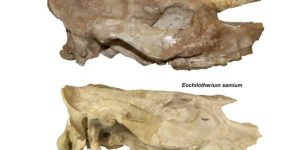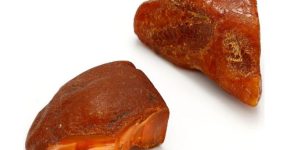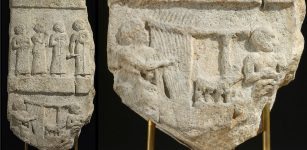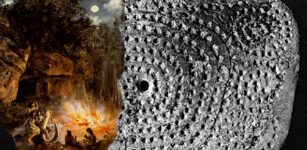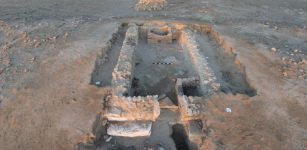Scientists confirm the world’s only twin asteroid strike in Sweden
AncientPages.com - 60 million years ago, two asteroids struck Earth in what is now Sweden. It is the only proven example of such a double strike.
The only known evidence of two asteroids simultaneously crashing to earth has been unearthed in Sweden.
Two craters, just 16 km apart, have been unearthed as part of a series of research projects going back 50 years. The main crater is 7.5 km across, with a smaller companion that is 800 m in diameter.
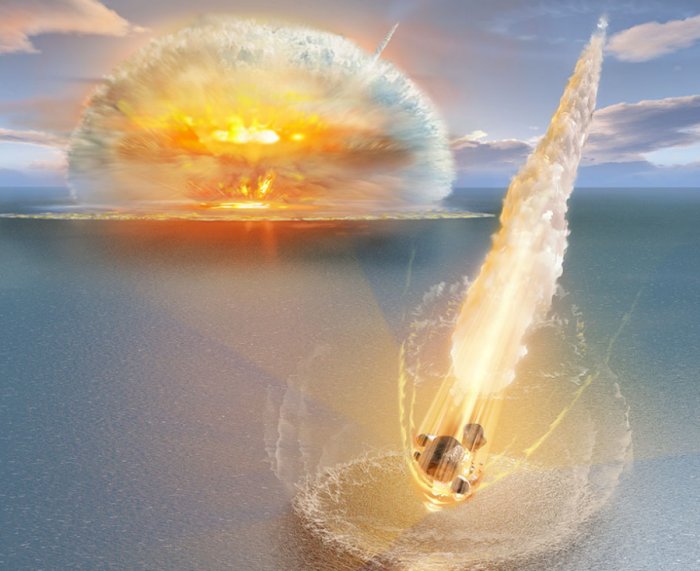
An artist impression of what the asteroid impacts would have looked like. (Illustration by Don Dixon, copyright Erik Sturkell)
“Whilst there are other contenders, this is so far the only hard evidence we have for two asteroids striking the earth at exactly the same time,” says Professor Erik Sturkell from the University of Gothenburg, Sweden, who was involved in the research.
470 million years ago, says Sturkell, two meteorites collided in a large asteroid belt, somewhere between Mars and Jupiter, knocking other asteroids into new orbits and sending two of them in the direction of Earth.
They eventually came crashing down to Earth, just south of The Equator in what was once a tropical sea, about 460 million years ago.
Today this area is part of mainland Sweden, where the scientists have been studying the evidence left behind by this intriguing comet double strike.
Crucial evidence was left in the sediments at the bottom of the seafloor as they made impact, including a piece of asteroid preserved in a slab of red sandstone.
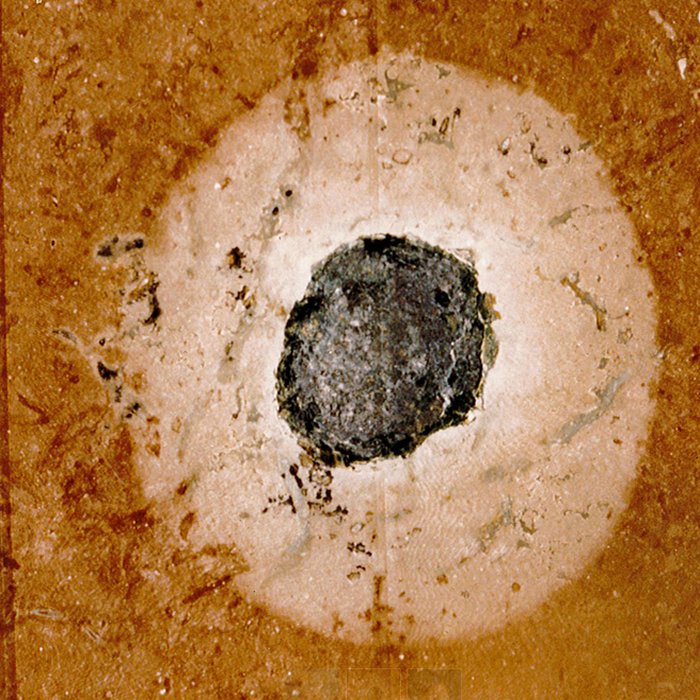
A fragment of meteorite lodged within a block of red sandstone was found in a quarry at Kinnekulle, southern Sweden. (Photo: Maurits Lindström)
Sturkell explains that immediately after impact, water was pushed out of the craters by the force of the impact. But it came rushing back in about one minute later, bringing fragments of ejected rock and torn up sediments from the sea floor.
The sea dumped the debris into the craters, where it was preserved for the next 460 million years.
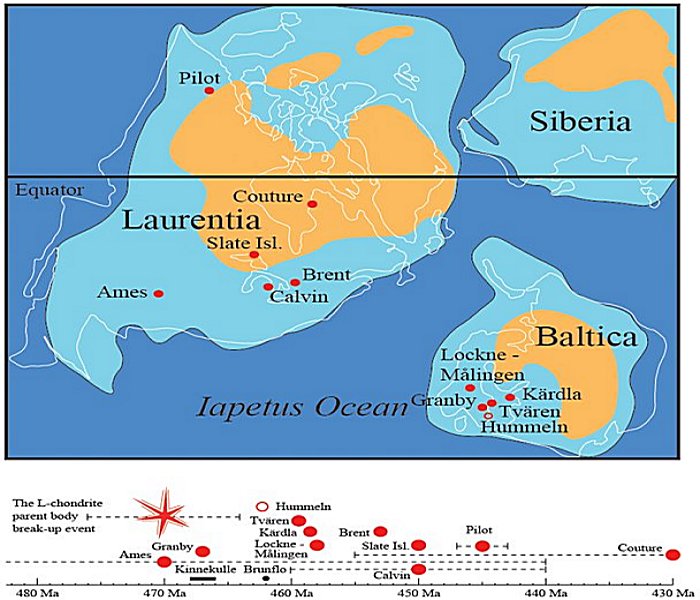
Paleogeography of Baltica and neighboring cratons at the time of the increased cosmic bombardment following the ~470 Ma asteroid breakup event, and timeline for the related meteorite falls (black dot and line) as well as known craters (red dots).
According to Sturkell, key evidence was preserved due to the meteors crashing into the sea.
This included the presence of brecciated rocks--broken up fragments of rock that have been fused back together again and contain fragments of melted rock and deformed minerals.
“This can all indicate a asteroid impact,” says Sturkell. “Just imagine, a wall of water, 500 m high, rushing into this crater, ripping up the sea bed and dumping all the material that was ejected by the asteroids, which then forms another type of breccia, deposited in the water.”
“But crucially, we also see the exact same layer of sediment deposited after the impact in both craters, which could only have happened if both craters formed simultaneously in the sea,” says Sturkell.
The results are published in the open-access journal Scientific Reports.
AncientPages.com
source: ScienceNordic

